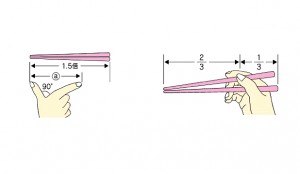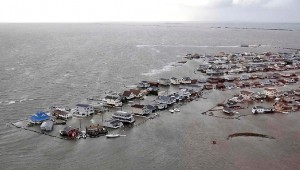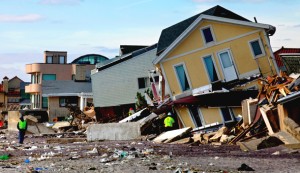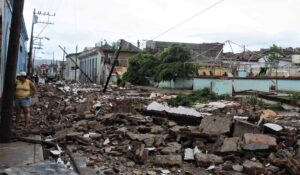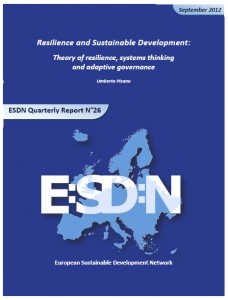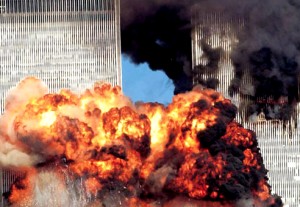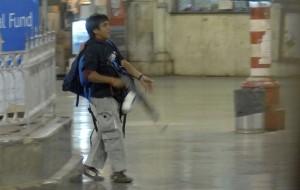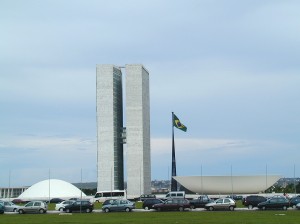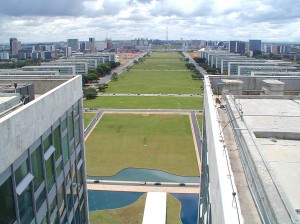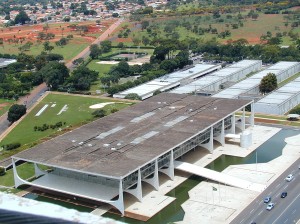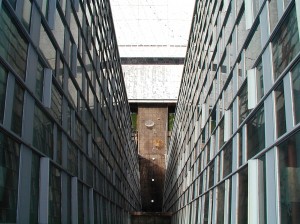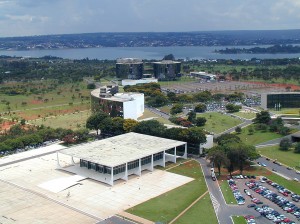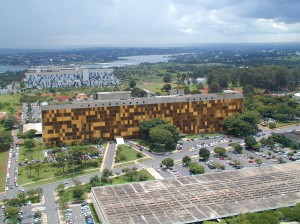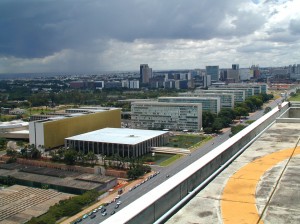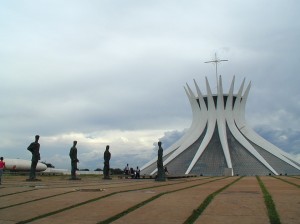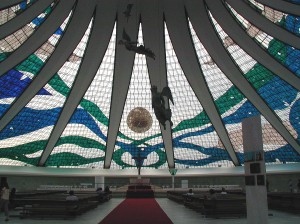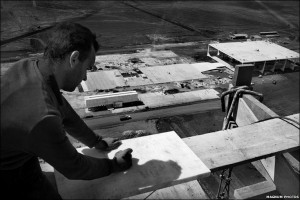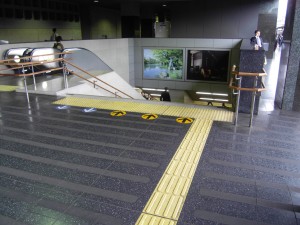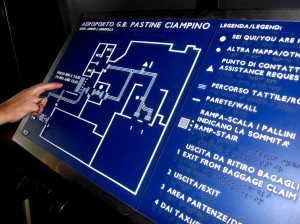2013-02-28: Submissions on Ireland’s Draft National Radon Control Strategy must arrive at the Department of the Environment, Community & Local Government, our national authority having jurisdiction … by e-mail or hand delivery to either the Custom House in Dublin or the DECLG Offices in Wexford … no later than 17:30 hrs tomorrow, Friday 1 March 2013 …
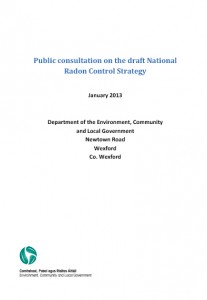
Ireland’s Draft National Radon Control Strategy – January 2013 Consultation
Click the Link above to read/download PDF File (425 Kb)
The Aim of this Draft Strategy, as stated on the DECLG WebSite, is to ensure that exposure to Radon Gas, which presents a significant public health problem, is addressed in an effective and co-ordinated way across all relevant public authorities through appropriate interventions. The Draft Strategy was developed by an Inter-Agency Group comprising representatives from relevant public authorities.
.
After all of the progress made on radon protection in buildings at the end of the 1990’s and beginning of the 2000’s, it is extremely disappointing to read this miserable excuse for a strategy document. If the general public in Ireland is under any impression that the ‘powers-that-be’ are deeply concerned about protecting our health … they are making a fatal mistake !
The complete absence of any reference to a Recommended Health-Related Radon Target Level – Safety-Related National Reference Levels which are not clearly explained will result in some injury and harm – Lack of Meaningful Consultation with, and Informed Consent of, the National Population – Horrendously Inadequate Technical Control Procedures on Irish Building Sites – RPII Recommended Indoor Radon Activity Measuring Devices having Very High Measurement Uncertainty (±30% under typical conditions of use) – A Purposeful Lack of Detailed Guidance on Exactly When and How to Measure Indoor Radon – Inadequate RPII Radon Measurement Test Reporting … are just some of the tell-tale signs for a seasoned observer.
In this regard, therefore … and let me be very clear and simple in my use of language … this Draft National Radon Control Strategy is a blatant fraud !!
Fraud: Deliberate deception, trickery, or cheating intended to gain an advantage – An act or instance of such deception (from Latin Fraus (f): deceit, deception).
Furthermore … the Inter-Agency Group which produced this Draft National Radon Control Strategy for the DECLG Minister, Mr. Phil Hogan T.D., and Senior Civil Servants within the Department … whoever the Group’s participants are, wherever they are … should be thoroughly ashamed of themselves for being associated with this negligent act !
Negligent: Lacking attention, care or concern.
Negligence: A wrong whereby a person(s) is in breach of a legal duty of care, resulting in harm or injury to another person(s) … in this case, the Irish Public.
To see a complete overview on this Serious Building-Related Human Health Issue, and for information about a Far Better and More Coherent Approach to Radon Protection in Buildings which takes proper account of European Union (E.U.) legislation, e.g. the Precautionary Principle … please refer to SDI’s Corporate WebSite …
NORM, Radon Gas, Radon Activity & Protection from Radon in Buildings
(It is not my intention to reproduce, here, all of the content on this WebPage as part of the Submission.)
I am also the Technical Consultant who drafted these 2 Benchmark Irish Agrément Board (IAB) Certificates for Radon Protection Measures in Buildings …
Monarflex Radon Resisting Membranes – IAB Certificate No. 98/0075
and
Radon Control Systems: Easi-Sump & Easi-Sump Cap-Link – IAB Certificate No. 01/0130
.
SDI’s Comments on Ireland’s Draft National Radon Control Strategy (NRCS)
1. Protecting Human Health versus Reducing Risk to Safety
The following two short extracts from 1. Introduction and Background in the Draft NRCS reveal the true intent of the Inter-Agency Group …
‘ Radon gas is the greatest source of exposure to ionising radiation for the general public and is the second greatest cause of lung cancer in Ireland. Recognising the serious health risk presented by radon, the Minister for the Environment, Community and Local Government in November 2011 established an inter-agency group to develop a National Radon Control Strategy (NRCS).’
and …
‘ During 2012 the inter-agency group developed a draft NRCS based on wide stakeholder consultation and a health economics evaluation of different radon intervention strategies. The stakeholder consultation involved a range of individuals and bodies involved in: health care, construction, radon services, Government and academia. The health economics evaluation was undertaken by the Radiological Protection Institute of Ireland (RPII) and Health Service Executive (HSE) with the assistance of the Health Economics Unit at the University of Oxford. This draft strategy sets out a range of measures to reduce the risk from radon to people living in Ireland.’
Radon is a serious human health issue, and it is explained in a later section of the document 1.2 The Radon Problem in Ireland that ‘indoor radon is linked to between 150 to 200 lung cancer deaths each year in Ireland, which equates to approximately 13% of all lung cancer deaths.’
However … after the references above to ‘health economics evaluation’ (!) … to the ‘prevailing economic situation’ (!!) in section 1.1 Public Consultation … and to ‘health economics tools’ (!!!) in section 2. Draft National Radon Control Strategy … etc … you should then sensitize yourself to the subtle change in language very early in the document … from a consideration of health protection, to reducing the risk from radon (or similar variations on that theme).
The concept of Protecting Human Health is altogether different from the concept of Assessing and Mitigating / Reducing Risk to Safety ! Please refer to SDI’s Corporate WebSite.
As far back as the end of the 1990’s … the Irish Agrément Board, which at the time included a representative from the Department of the Environment, accepted the following …
Radon Activity in Buildings – Recommended Target Health Level
Radon Activity (incl. Rn-222, Rn-220, RnD) should, on average, fall within the range of 10-40 Bq/m3, but should at no time exceed 60 Bq/m3.
This Recommended Target Health Level for Radon now also appears in International Standard ISO 21542: ‘Building Construction – Accessibility & Usability of the Built Environment’, which was published in December 2011. Please refer to Annex B.8 – Indoor Air Quality (IAQ) in the ISO Standard.
The Draft NRCS must refer to such a Recommended Target Health Level … and it must be stated that it is National Policy to progressively reach that target by 2025 (bearing in mind the ‘prevailing economic situation’ in the country !).
Note: In contrast to the above … 200 Bq/m3 for Residential Buildings, and 400 Bq/m3 for Workplaces … are NOT Health-Related Target Levels … they are Safety-Related National Radon Reference Levels which result in some measure of harm and injury to people … particularly children under the age of 10 years, and people with activity limitations who constantly remain indoors for prolonged periods of time.
.
2. National Policy Priority: ‘Real’ Protection from Radon in ‘Real’ Irish Buildings
Yes … in Ireland, we have enormous problems with regard to a lack of awareness among the general population about the serious health hazard posed by indoor radon … and the absence of proper education and training for everyone directly involved in the design, construction, management, operation, servicing or maintenance of our building stock (both new and existing).
BUT … if we are committed to providing ‘real’ radon protection in ‘real’ Irish buildings, then a practical construction-oriented approach is demanded.
This is a Key Paragraph in 2.1 Radon Prevention in New Buildings …
‘ The stakeholder engagement also points to some practical difficulties associated with the implementation of the current technical guidance on radon prevention. These difficulties relate to the correct installation of radon barriers under site conditions, protection of the integrity of radon barriers once installed and identification of radon preventive measures on site. The stakeholder engagement also indicated the system of building control in place prior to 2012 did not provide adequate assurance that radon preventive measures had been correctly installed ‘
… which we later discover is a masterstroke of understatement and evasion, because none of these important issues are tackled head on in the document.
On the critical issue of Building Control … there is no mention of mandatory inspections of construction projects by competent Local Authority personnel. Because … it remains the unwritten policy of Ministers and Senior Civil Servants in Ireland’s Department of the Environment, Community & Local Government (DECLG) that Local Authority Building Control Sections will be entirely ineffective.
On the other hand … will Competent Private Independent Technical Controllers be facilitated in carrying out sufficient inspections of all radon protection related works before ‘signing off’ on proper completion ???
.
3. Regulatory Status of RPII’s Radon Prediction Maps
This is NOT a problem unique to Ireland.
The presence of the RPII Radon Prediction Maps in Technical Guidance Document C (Building Regulations), and the status they are given there … are both entirely inappropriate.
While these Maps are a useful design aid, in the case of small construction projects, they offer NO assurance of certainty to either building designers or users. They are NOT reliable ! And the average values shown in any particular ‘box’ may actually conceal a considerable degree of variability in the radon concentrations found in completed buildings.
.
4. SDI’s Acceptance of RPII Services
Please refer to SDI’s Corporate WebSite.
Unfortunately, until the Radiological Protection Institute of Ireland (RPII) includes proper statements of Measurement Uncertainty in its Test Reports (this is a requirement of European Standard EN ISO/IEC 17025) … our Organization:
- cannot recommend any RPII Radon Testing Services to 3rd Parties ;
and
- will not accept any RPII Test Reports as proper evidence of Radon Test results.
.
C. J. Walsh – Consultant Architect, Fire Engineer & Technical Controller – Managing Director, Sustainable Design International Ltd. – Ireland, Italy & Turkey.
.
.
END



